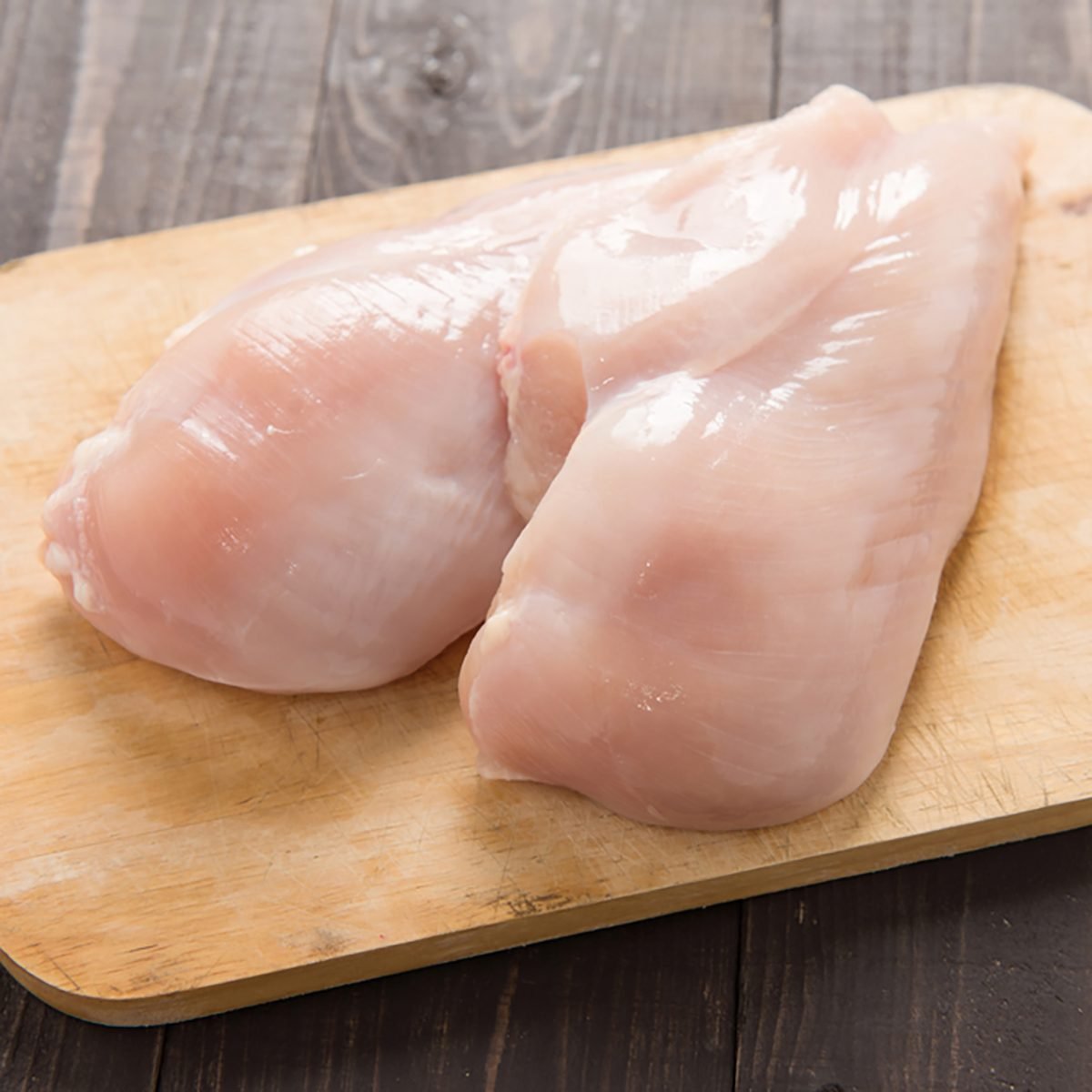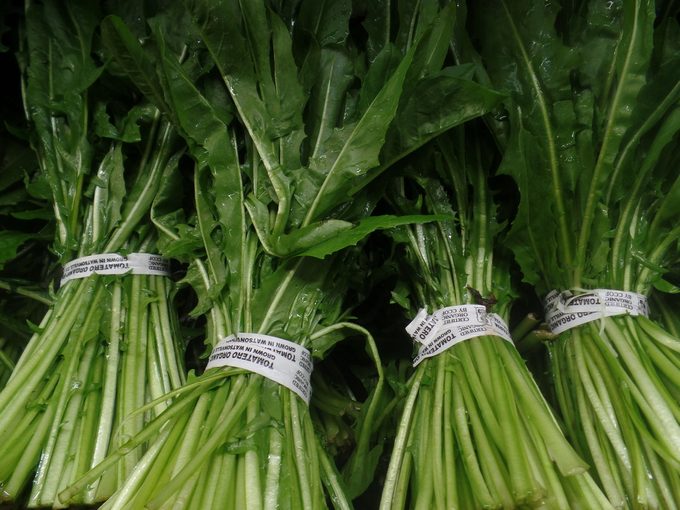2018 has definitely been a whirlwind year in the world of food safety news, as it appears that new food poisoning outbreaks have been making headlines almost every other week.

The Rise In Food Safety Recalls Actually Means Our Food Is Getting Safer

It’s caused some concern that perhaps outbreaks are increasing, which could mean that our food supply is less safe.
That’s likely not the case, though, as the actual amount of outbreaks doesn’t seem to be changing. The FDA is just getting a lot better at catching them.
Since President Barack Obama signed the Food Safety Modernization Act in 2011, the FDA has mobilized into more of a proactive body that’s been trying to snuff out food poisonings as early as they can. That has led to an increase in technology at the disposal of the food agency, and they’ve been using it to better identify potential nationwide outbreaks.
This technology, better known as whole genome sequencing (WGS), lets FDA and CDC officials identify outbreaks as they are starting to happen on a national scale. WGS keeps tabs on the DNA of specific species and subspecies of bacteria. As people get sick, samples are collected to identify these pathogens, which are then uploaded to the WGS database. Monitors can then pinpoint these microbes and track them across the entire nation. Thus, if two people in different parts of the country get sick from the same food and bacteria, the FDA and CDC can see that and determine that an outbreak is happening.
A few years ago, this would’ve been impossible to do, which is why so many illnesses likely flew under the radar. It’s estimated that 48 million illnesses attributed to food poisoning occur every year, but only a small fraction are reported. In 2016, for example, all of the reported food outbreaks together resulted in 14,259 illnesses, a minuscule number compared to the actual estimate.
Through new technology, though, the FDA can not only better respond to food poisoning situations, but also track down what food is responsible, who made it, and where it is currently being sold. Thus, recalls can be issued a lot faster to prevent more consumers from eating something that was contaminated and getting sick.

The FDA also has some other technology that helps it keep track of potential recalls prior to their outbreak. One of these systems is the Reportable Food Registry, a report filing software companies fill out the instant they believe contaminated food could have made it out to consumers. Food production facilities have 24 hours to fill a report out on that site from when that moment occurs. The FDA then reviews these reports and requests suppliers and recipients to be notified as needed. This creates a chain of reports that helps coordinate if a recall becomes necessary.
By using this software, the recall process is streamlined to happen a lot faster. It also acts as a cautionary system to have all potential scenarios covered. Not every report in the RFR will translate to a recall, but for the FDA and CDC, it’s better to be safe than sorry when it comes to food safety.

There are also third-party programs in place that the FDA keeps tabs on that help them identify potential food poisoning scenarios as well. The most well-known amongst these is iwaspoisoned.com, where consumers can report when they got sick and where they ate from that could have caused it. In the past, the site has been used to monitor several major food poisoning events at chains like Chipotle, where the FDA did eventually step in and close restaurants so they could investigate the potential outbreaks.
For the FDA, sites like these provide a huge benefit, since more customers reporting means that they can capture more of the millions of food poisonings that go unnoticed every year. It helps them catch food safety violations from restaurants at a better rate as well, ensuring that those are just as safe as the food that comes out of production facilities.
All of these new technologies have led to an overall safer food supply, as the FDA can catch nationwide outbreaks better, track pathogens across the country, and have information on potential recalls before they even begin.
This proactive approach to food safety does mean that we see more recalls in the news, but that only means that the government is getting better at catching them and preventing us from eating that food.
For us, this means that we can trust in a safer food supply from both grocery stores and restaurants. Of course, it doesn’t mean that we’re eliminating bacteria from the food, but when those contaminations do happen, we’re much less likely to consume them now thanks to the technology the FDA and CDC are leveraging.
So the next time you see a recall make headlines, know that it’s the result of the FDA and CDC doing their jobs better and decreasing your chances of getting food poisoning.